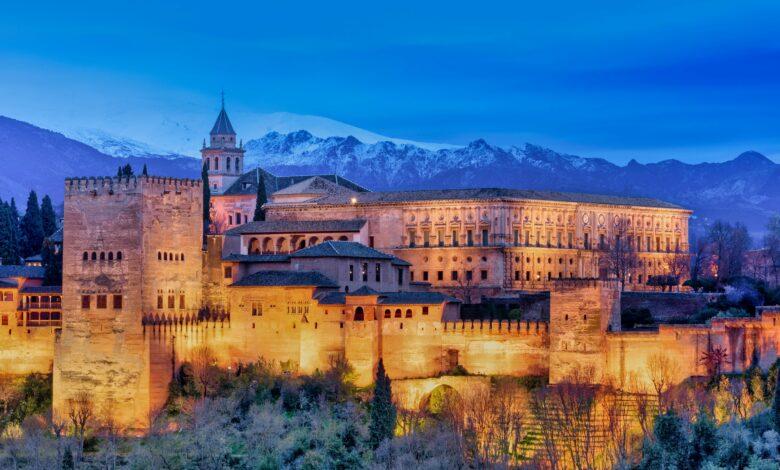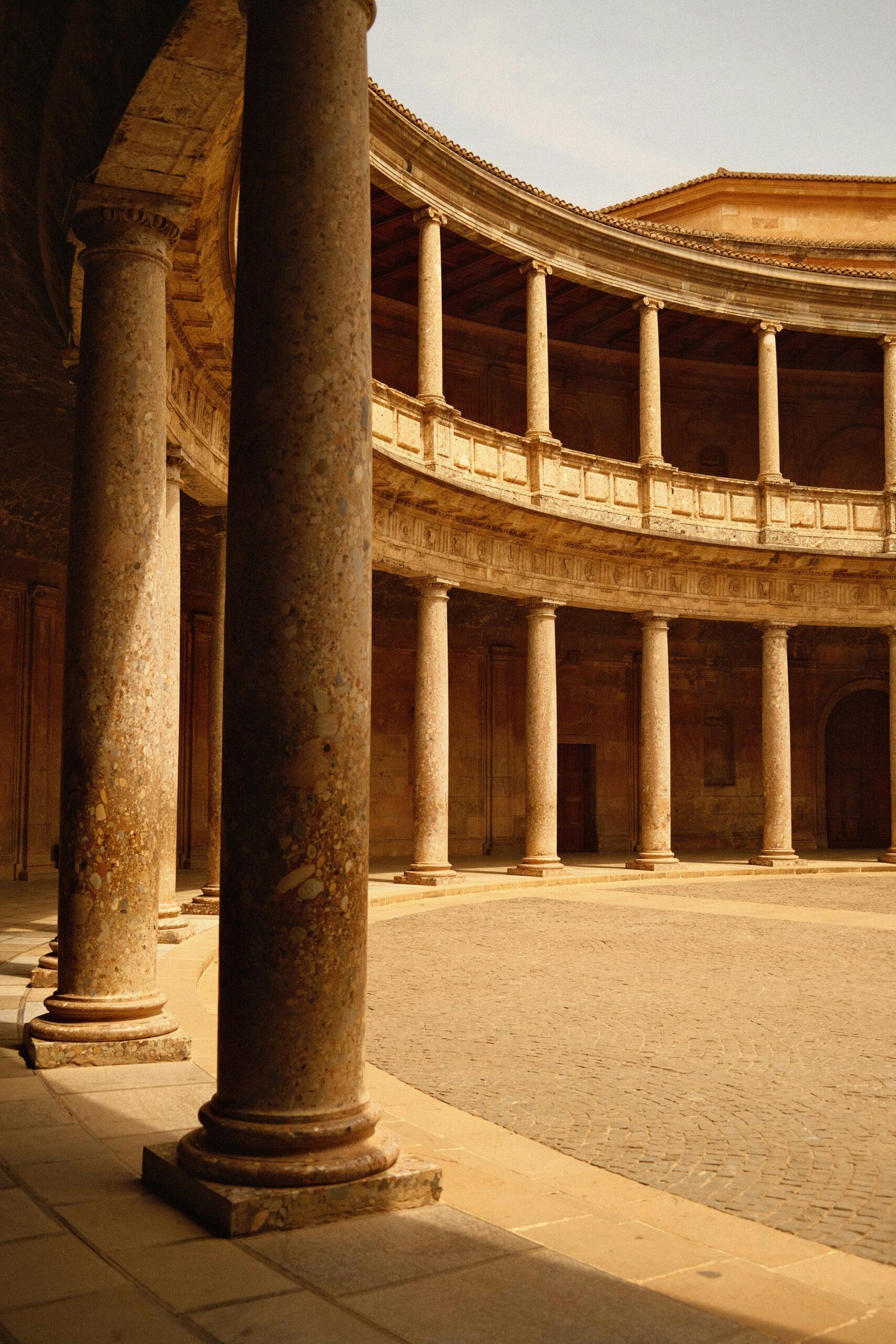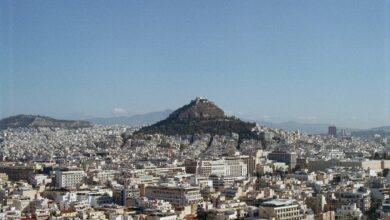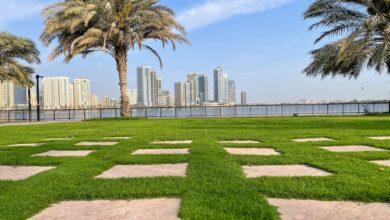The Rich History of Granada, Spain: Alhambra and More 🏰🇪🇸
Unveiling the Timeless Legacy and Architectural Wonders of Andalusia

Introduction
Nestled amidst the picturesque landscapes of Andalusia, Granada stands as a living testament to centuries of cultural crossroads and historical transitions. At the heart of this city’s rich heritage lies the legendary Alhambra, an architectural marvel that has witnessed the ebb and flow of different civilizations. Join us on a journey through time as we explore the fascinating history of Granada, unraveling the tales woven within the walls of Alhambra and beyond.
The Rise of Alhambra: A Citadel of Royalty
Historical background of Alhambra and its construction
The Alhambra, perched atop a hill overlooking the city of Granada in Spain, stands as a testament to the rich history of Islamic rule in the Iberian Peninsula. Constructed during the mid-13th century by the Nasrid Dynasty, led by Mohammed ben Al-Ahmar, Alhambra served as both a fortress and a palace. The name “Alhambra” is derived from the Arabic words “al-qala’a al-hamra,” meaning the Red Fortress, owing to the reddish hue of its walls. The construction of Alhambra took several decades, and it evolved through successive rulers, each contributing to its unique blend of Islamic, Moorish, and Spanish architectural elements.
Description of the Nasrid Palaces and their cultural importance
At the heart of Alhambra lies the Nasrid Palaces, the jewel of this architectural marvel. Comprising the Mexuar, Comares, and the Palace of the Lions, these palaces are adorned with intricate stucco work, geometric tile patterns, and ornate calligraphy, showcasing the exquisite craftsmanship of the Nasrid artisans. The Nasrid Palaces were not merely opulent residences but also the epicenter of cultural and intellectual activities during the Nasrid Dynasty. The Court of the Lions, with its mesmerizing fountain and surrounding colonnades, remains an iconic symbol of Islamic architecture and a manifestation of the Nasrid Dynasty’s patronage of the arts.
The influence of Islamic architecture on Alhambra’s design
Islamic architecture profoundly influenced the design of Alhambra, merging artistic traditions from the Islamic world with local influences. The horseshoe arches, intricately carved wooden ceilings, and the strategic use of courtyards and gardens reflect the Islamic principles of symmetry, unity, and a harmonious connection with nature. The Alhambra’s architecture epitomizes the concept of “paradise on earth,” with its intricate details symbolizing the Islamic vision of a celestial realm. The geometric patterns and calligraphy not only showcase aesthetic brilliance but also serve as a medium for expressing religious verses and poetic inscriptions.
Introduction to the Generalife Gardens as an Extension of Alhambra:
Nestled within the majestic Alhambra complex in Granada, Spain, the Generalife Gardens stand as a testament to the Moorish legacy that has left an indelible mark on Andalusian history. This verdant oasis, often referred to as the “Architect’s Garden,” serves as an enchanting extension of the Alhambra, providing visitors with a tranquil escape into the heart of Islamic artistry and architectural brilliance. The Generalife Gardens, constructed during the Nasrid Dynasty in the 14th century, have become a symbol of the sophisticated aesthetics and meticulous planning characteristic of Moorish gardens.
Exploration of the Gardens’ Historical and Aesthetic Significance:
Stepping into the Generalife Gardens is like embarking on a journey through time, where every corner unveils a rich tapestry of history and aesthetics. The gardens were initially designed as a place of leisure and repose for the Nasrid rulers, offering respite from the demands of court life. The intricate network of pathways, courtyards, and water features reflects the Moorish commitment to creating harmonious spaces that blend seamlessly with the natural surroundings. The careful preservation of this historical gem allows modern-day visitors to witness the timeless allure of Islamic garden design.
The Interplay of Islamic and Andalusian Influences in Garden Design:
The Generalife Gardens showcase a delicate dance between Islamic design principles and the unique influences of Andalusian culture. Islamic gardens are renowned for their geometric precision, symbolizing the order and balance inherent in the universe. The Generalife, however, incorporates elements of Andalusian flair, such as the use of vibrant colors, fragrant flora, and subtle asymmetry. The interplay of these influences results in a garden that not only adheres to Islamic ideals of paradise but also captures the essence of Andalusian sophistication. Each terrace and patio within the Generalife Gardens tells a story of cultural fusion, where the Moorish legacy and Andalusian identity converge in a breathtaking display of horticultural artistry.

Transition of Alhambra from Islamic to Spanish Rule
The Alhambra, a magnificent palace and fortress complex in Granada, Spain, underwent a significant transition during the period of the Reconquista. Originally constructed in the mid-13th century by the Nasrid Dynasty, it served as the last stronghold of Islamic rule on the Iberian Peninsula. However, as the Reconquista unfolded and Christian forces gradually reclaimed territory, Alhambra faced a transition from Islamic to Spanish rule. In 1492, the Catholic Monarchs, Ferdinand II of Aragon and Isabella I of Castile, officially took control of the Alhambra, marking the end of Islamic governance and the beginning of a new chapter in its history.
Preservation Efforts during the Reconquista
Despite the change in rulership, the Alhambra experienced a unique fate during the Reconquista. Unlike many other Islamic structures that were either destroyed or repurposed, the Alhambra was preserved and embraced by the Spanish monarchs. Recognizing its architectural and cultural significance, the Catholic Monarchs undertook efforts to protect and maintain the Alhambra, ensuring that it endured as a symbol of the region’s rich history. This preservation effort contributed to the Alhambra becoming one of the most well-preserved examples of Islamic architecture in Europe.
Impact on Alhambra
The transition from Islamic to Spanish rule left an indelible mark on the Alhambra. The integration of Christian elements into the existing Islamic design reflects the syncretic nature of the Reconquista period. This blending of cultures is evident in the addition of Christian art and iconography alongside the intricate Islamic motifs that adorned the palace. The Alhambra, therefore, stands as a testament to the coexistence and cultural exchange that occurred during this transformative period.
Evolving Architectural Elements under Spanish Influence
Spanish influence on the Alhambra is most apparent in the additions made during the Renaissance period. The Palace of Charles V, a Renaissance masterpiece commissioned by Charles V of Spain, was constructed within the Alhambra complex, showcasing a stark departure from the Islamic architectural style. The fusion of Moorish and Renaissance elements within the Alhambra exemplifies the evolving architectural landscape under Spanish rule. This integration not only preserved the original Islamic features but also created a unique synthesis that continues to captivate visitors with its aesthetic diversity.
Introduction to the Albaicín Quarter and its Moorish Heritage
Nestled in the heart of Granada, Spain, the Albaicín quarter stands as a living testament to the city’s rich Moorish heritage. Dating back to the Nasrid dynasty in the 11th century, this historic neighborhood exudes an enchanting blend of Islamic and Andalusian influences. Wandering through its labyrinthine streets, visitors are transported to a bygone era, where whitewashed houses adorned with vibrant tiles and ornate archways showcase the architectural prowess of the Moors. The Albaicín offers a sensory journey, with the aroma of traditional spices wafting through the air and the distant echoes of ancient call to prayer lingering in the atmosphere.
Exploration of the Sacromonte Neighborhood and its Cultural Importance
Just beyond the Albaicín, the Sacromonte neighborhood unfolds with its unique charm and cultural significance. Sacromonte is renowned for its iconic cave dwellings carved into the hillside, offering an authentic glimpse into the city’s Roma and Gitano heritage. These caves, once humble abodes, now serve as vibrant hubs of cultural expression. Visitors can explore Sacromonte’s intimate museums, which narrate the captivating history of the neighborhood and its inhabitants. Additionally, the neighborhood is home to the historic Abbey of Sacromonte, adding a layer of religious importance to the area.
The Preservation of Traditional Flamenco Culture in Sacromonte
Sacromonte is synonymous with the soul-stirring rhythms of Flamenco, an art form deeply embedded in the cultural fabric of Andalusia. Here, Flamenco isn’t just a performance; it’s a way of life. Local venues, often located within the iconic caves, showcase impassioned Flamenco shows, providing an intimate and immersive experience for spectators. The preservation of Flamenco in Sacromonte goes beyond mere entertainment—it is a dedication to keeping the authentic essence of this art form alive. Visitors can witness the raw emotion, intricate footwork, and soulful melodies in an environment that resonates with the very roots of Flamenco.
In summary, Albaicín and Sacromonte stand as twin jewels in the crown of Granada, inviting travelers to delve into the city’s Moorish past and vibrant cultural present. The streets of Albaicín whisper tales of centuries gone by, while the caves of Sacromonte echo with the timeless rhythms of Flamenco, ensuring that the essence of Granada’s heritage remains vivid and captivating.
FAQs
Q. What is the significance of the Alhambra?
A. The Alhambra holds immense historical and cultural significance as a masterpiece of Islamic architecture. It served as a palace, fortress, and citadel, reflecting the Nasrid Dynasty’s glory.
Q. Are guided tours available for the Alhambra?
A. Yes, guided tours are available, offering in-depth insights into the Alhambra’s history, architecture, and the stories embedded in its walls.
Q. How did Flamenco become associated with Granada?
A. Granada, with its deep Moorish roots, played a pivotal role in shaping Flamenco. The city’s cultural fusion and passionate history contribute to Flamenco’s association with Granada.
Q. Which famous artists were inspired by Granada?
A. Prominent artists like Washington Irving, Federico García Lorca, and many others found inspiration in Granada. Its rich cultural tapestry and scenic beauty fueled their creative expressions.
Q. How did Granada fare during the Spanish Civil War?
A. Granada witnessed the complexities of the Spanish Civil War, with political tensions affecting the city. Understanding this historical context adds depth to Granada’s narrative.
Q. What are the must-visit cultural events in modern Granada?
A. Modern Granada hosts vibrant cultural events, including the International Music and Dance Festival, adding a contemporary layer to the city’s cultural richness.
Conclusion
As our exploration of Granada’s historical tapestry draws to a close, we find ourselves immersed in the echoes of a bygone era. From the regal halls of Alhambra to the narrow alleys of Albaicín and the rhythmic beats of Flamenco in Sacromonte, Granada’s history unfolds like a captivating storybook. The city’s ability to seamlessly blend Moorish, Islamic, and Spanish influences serves as a reminder that its heritage is not just a relic of the past but a vibrant living legacy. Granada, with its timeless beauty, stands as an invitation to all who yearn to traverse the corridors of history and witness the enduring fusion of cultures that defines this enchanting city.
UP NEXT
https://touristeyes.com/al-majaz-waterfront-park-in-sharjah/




Facebook Comments